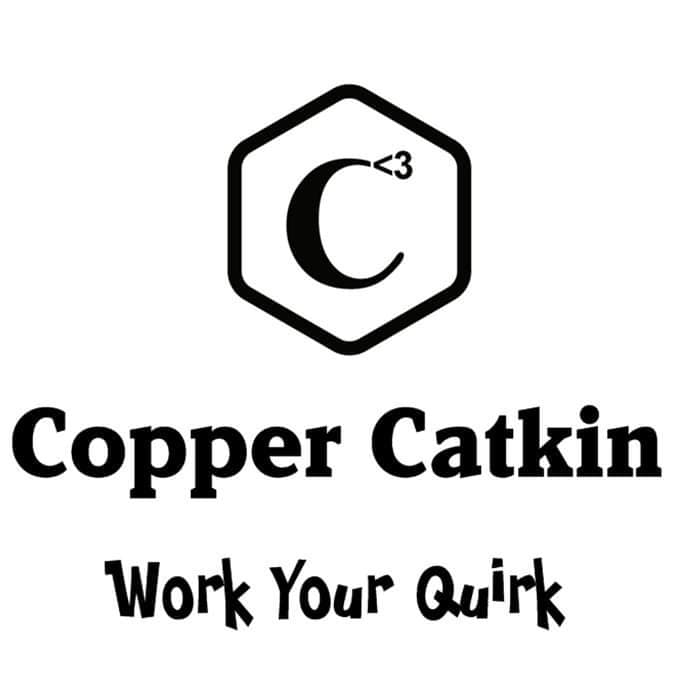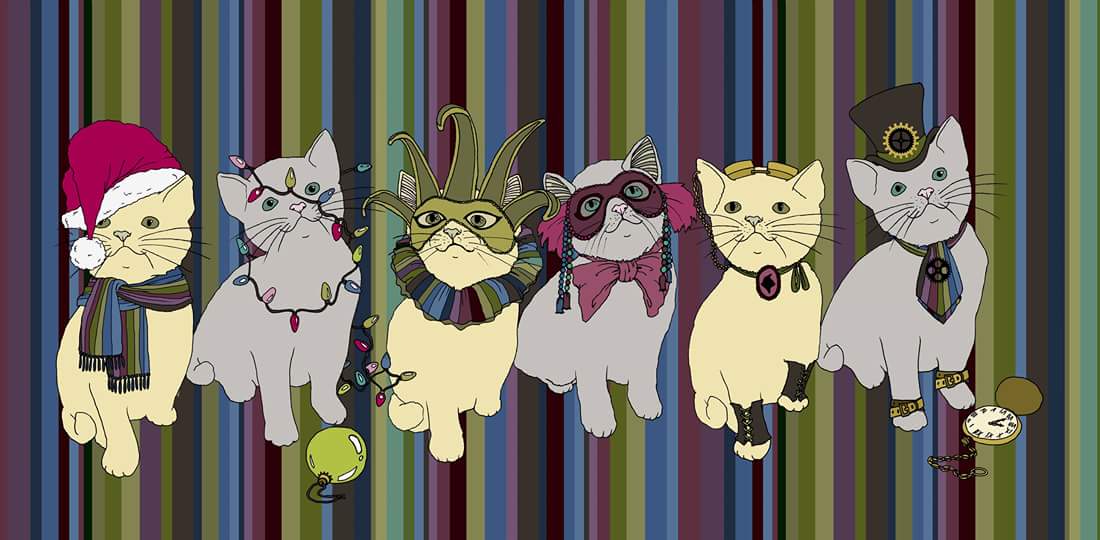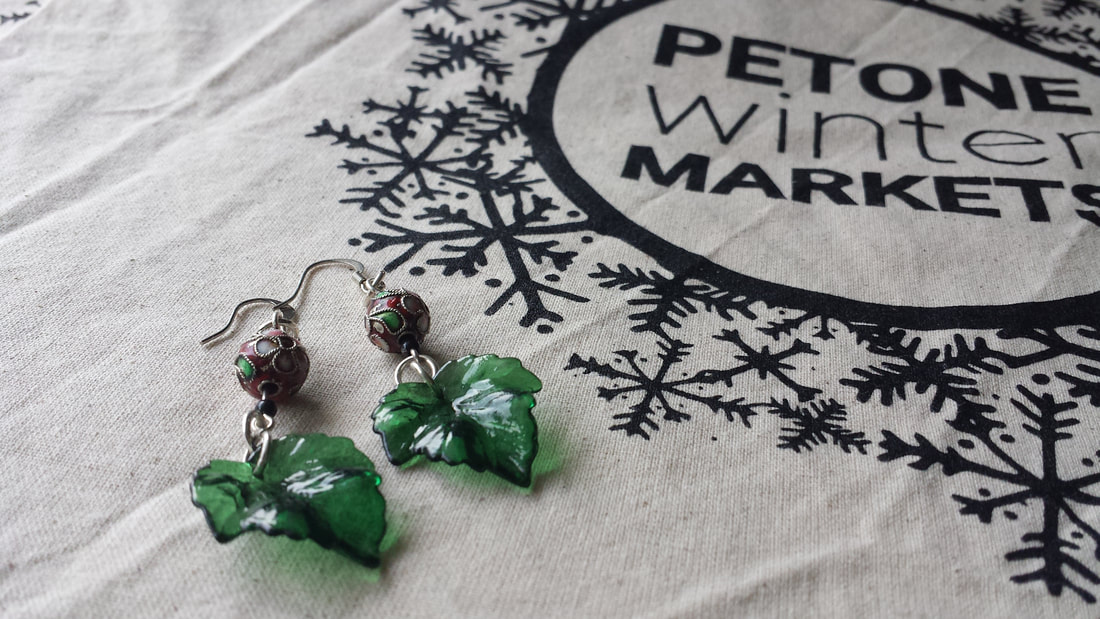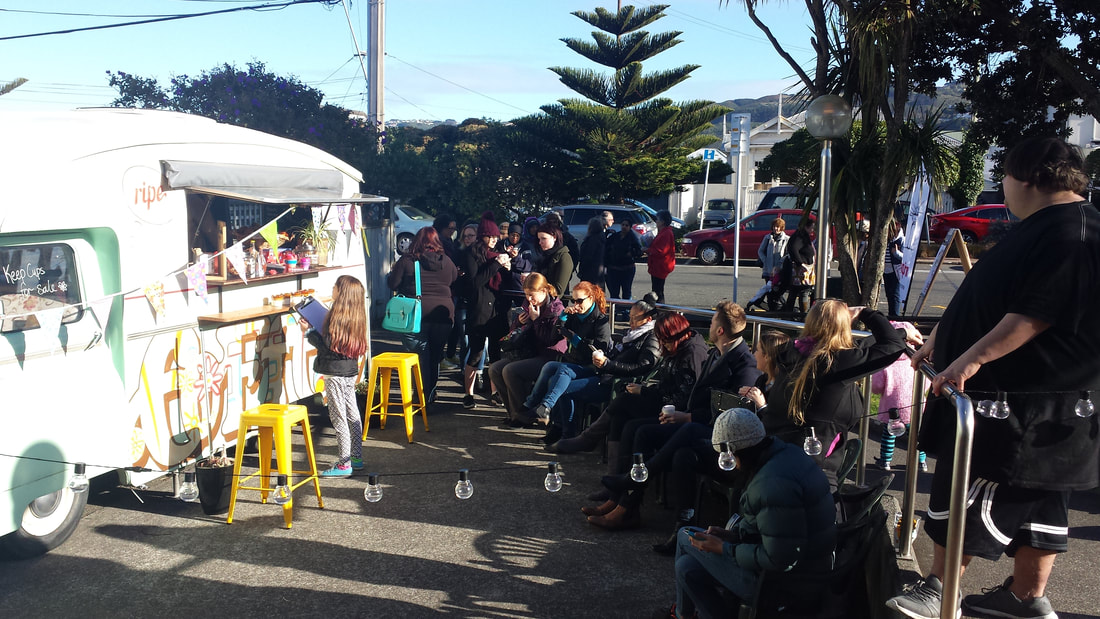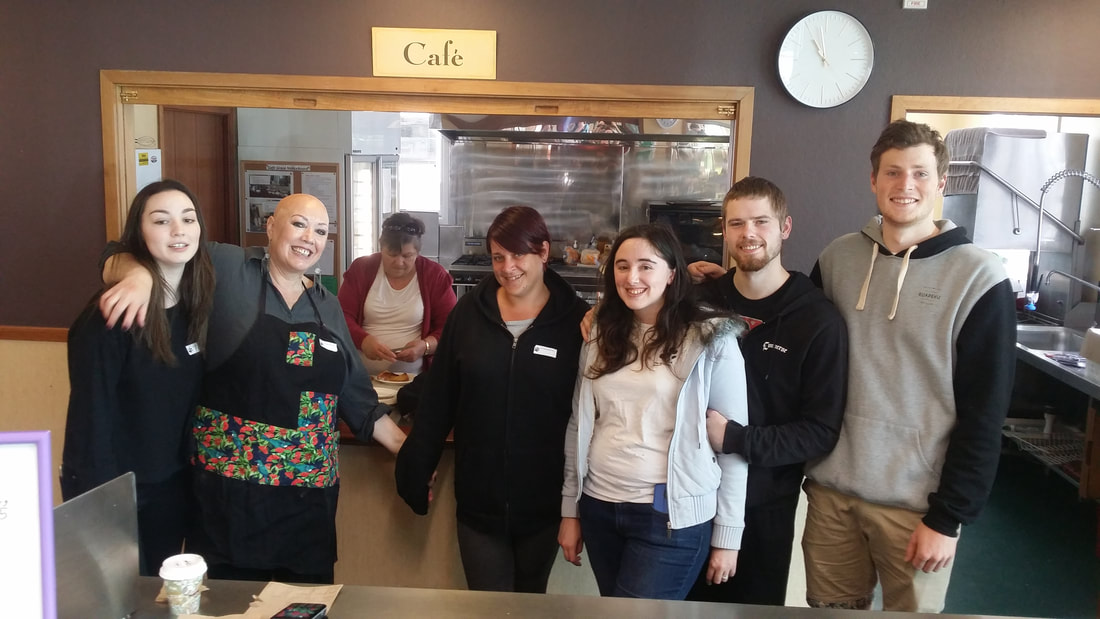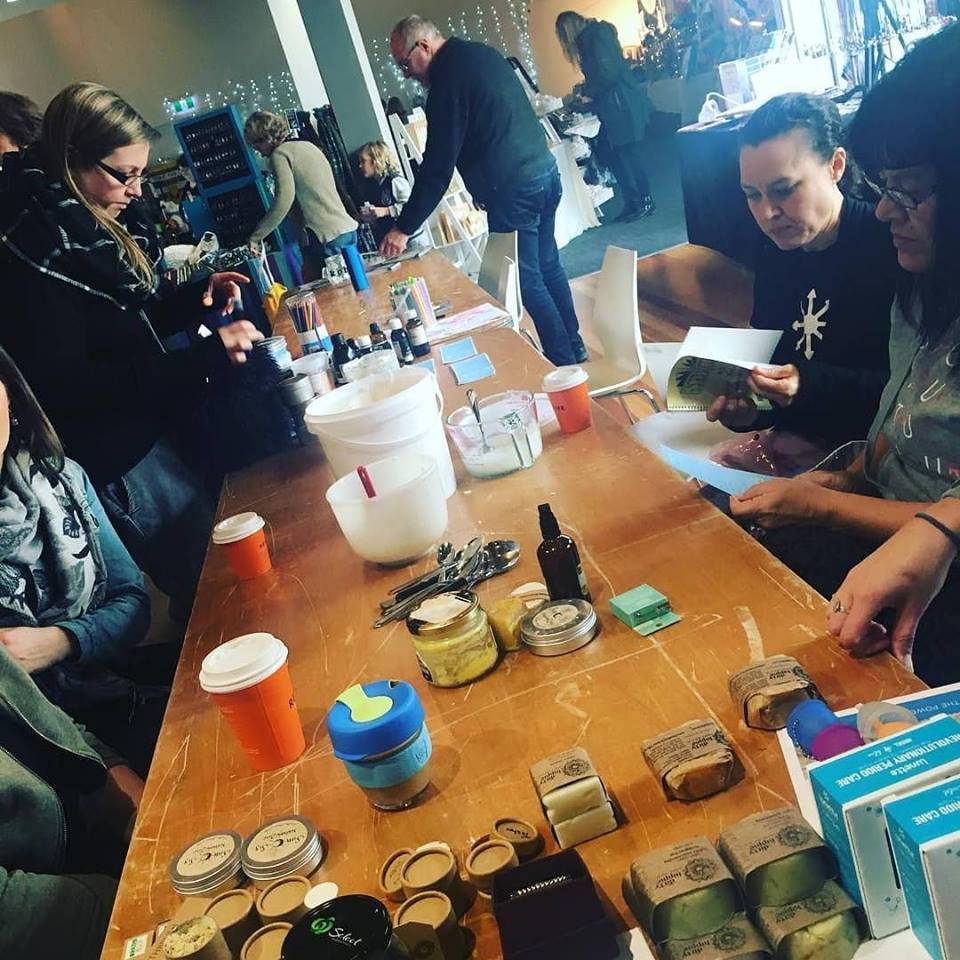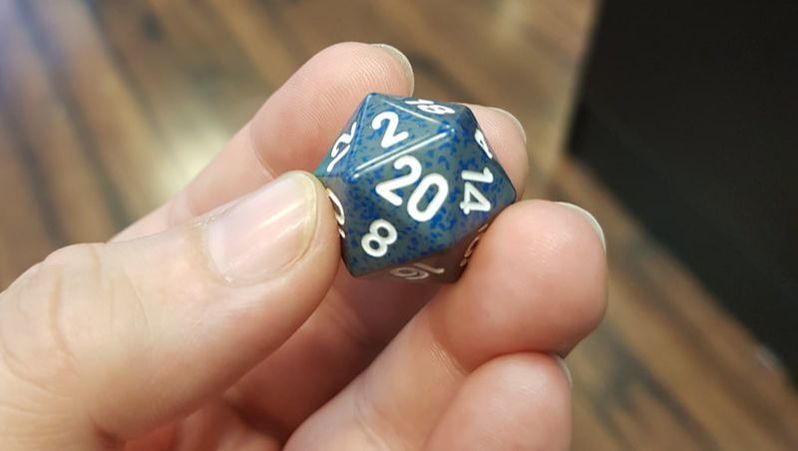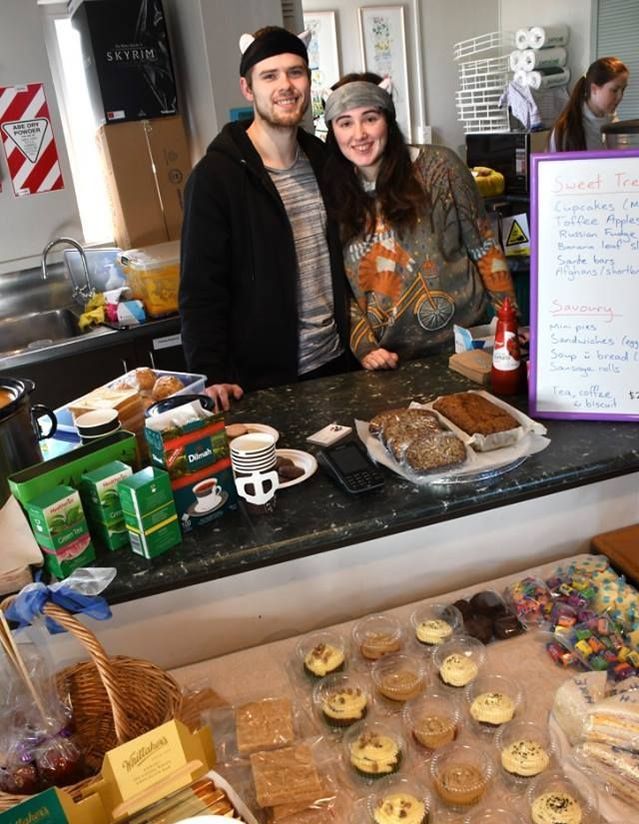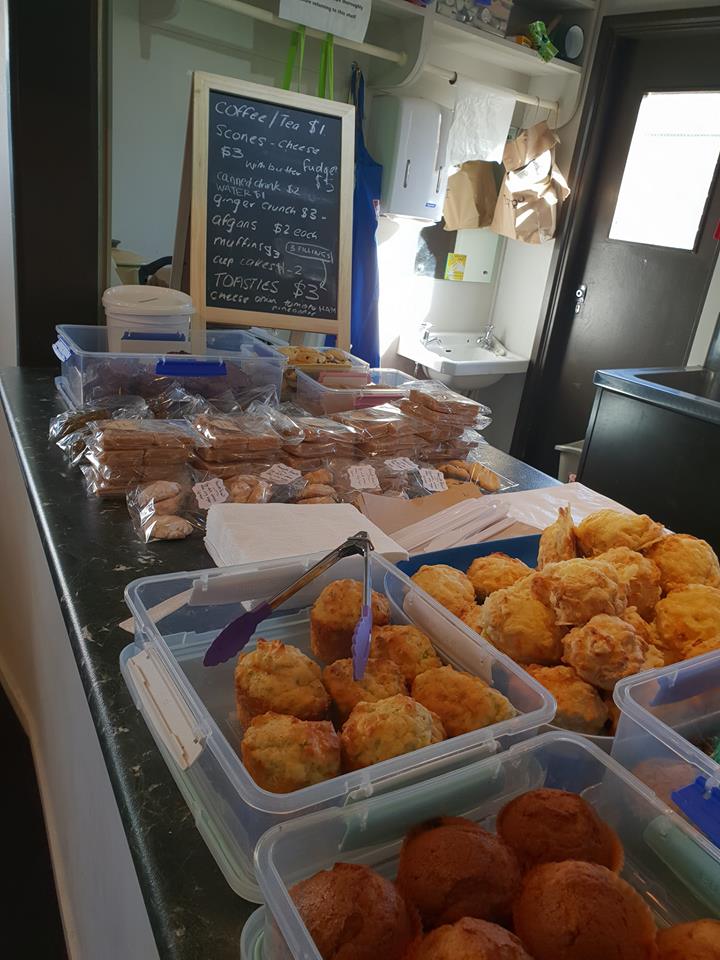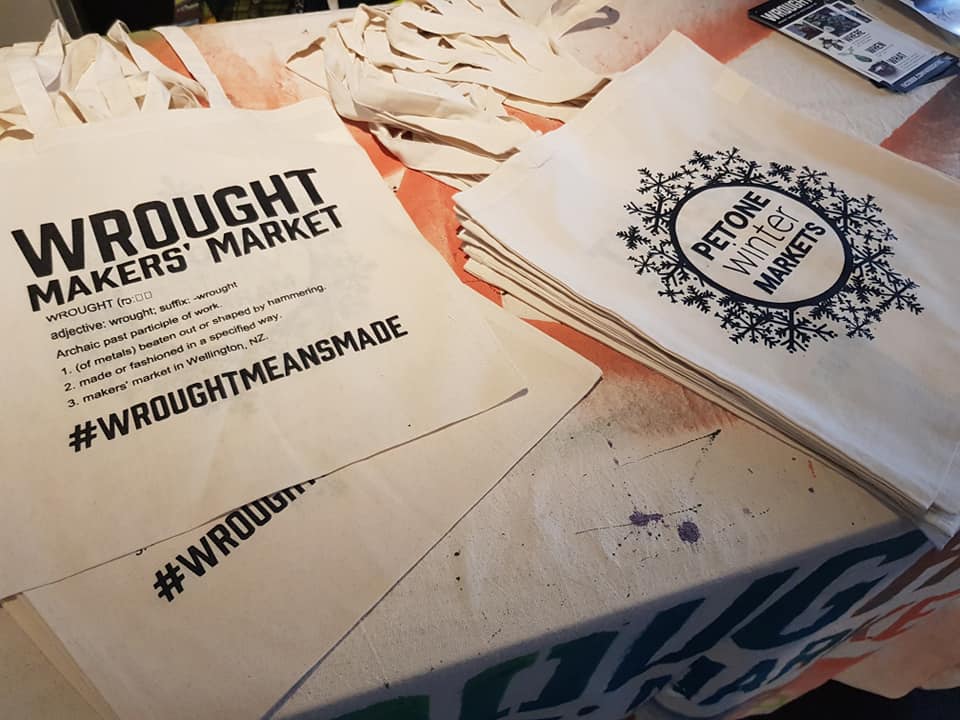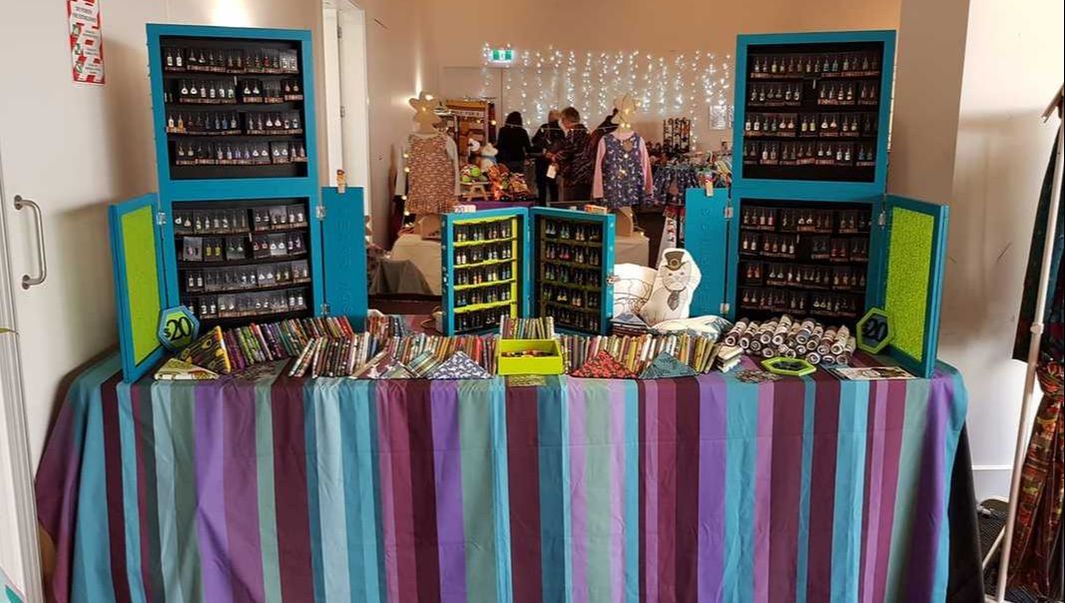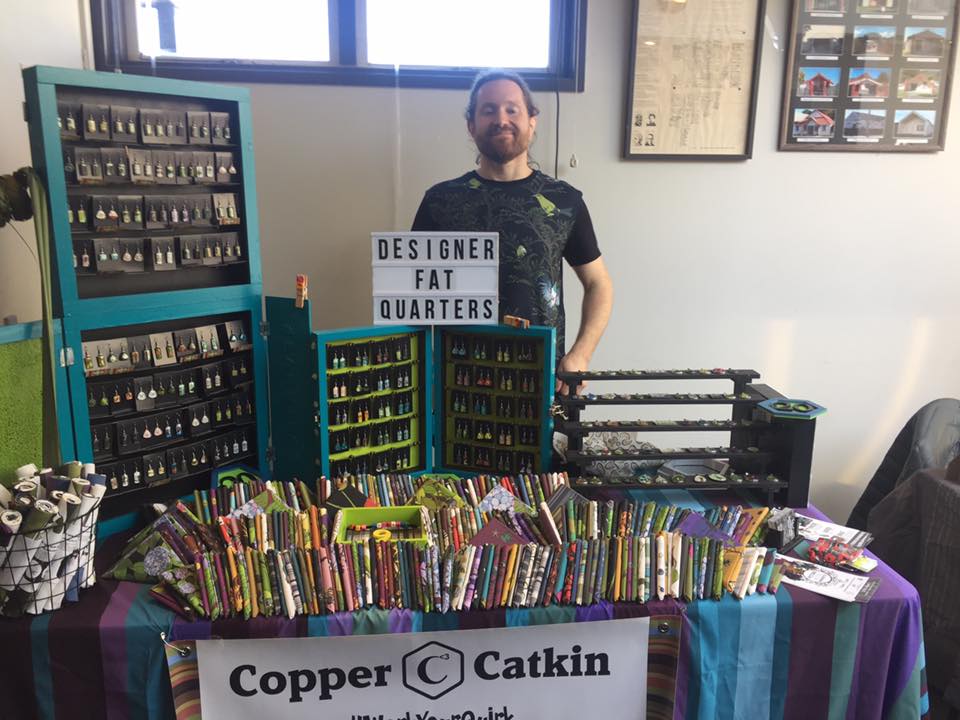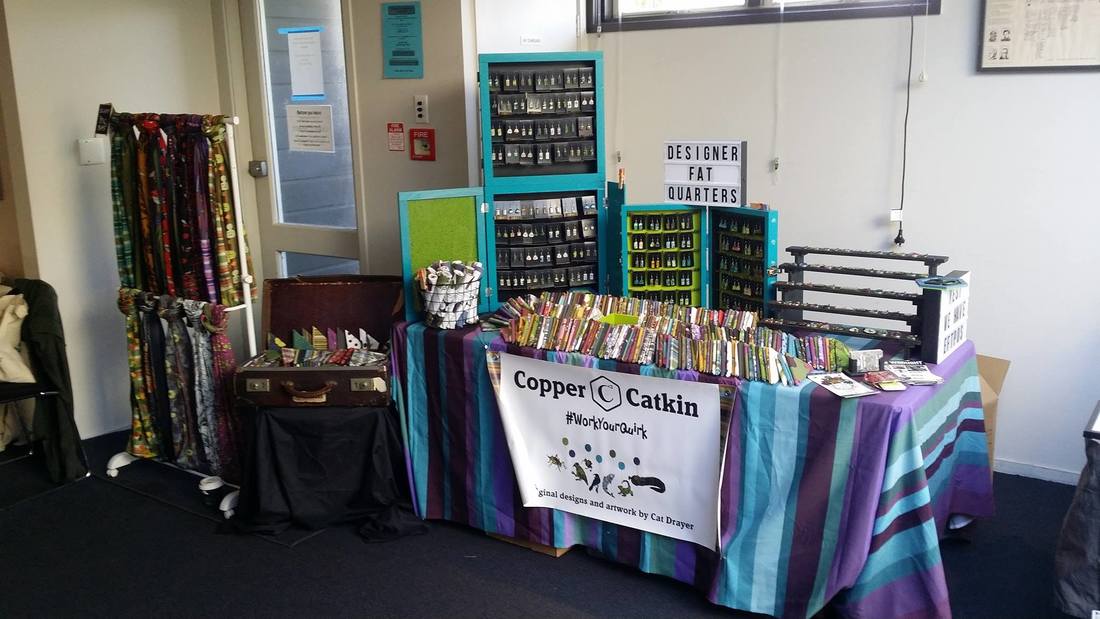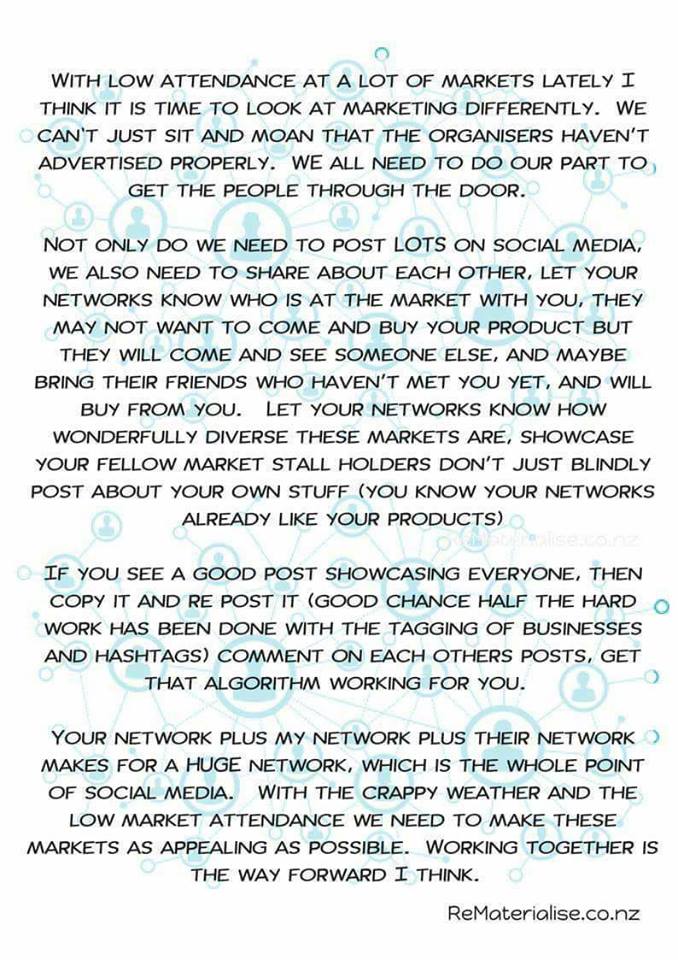Or “The tale of the Petone Indoor Markets”
Planting the seed
Initially, I had intended the event to be something small, where I would offer coaching to my Copper Catkin Consulting students, and they would be able to have a go in a low-pressure market environment – but the idea blew up! The levels of interest were definitely high enough to justify the event, so I began to plan.
I hunted around for suitable venues, hoping to find a warehouse owner willing to give me a short-term lease, but there was nothing suitable – no one even returned my calls most of the time. The council had nothing suitable on their books.
Eventually, it came down to church halls, school halls, wedding and sports venues, and pubs and clubs. I approached all the larger pubs and club houses, and they said no. I approached local wedding venues and sports clubs, but they were either unsuitable or too expensive – and none of them were close enough to Jackson Street!
After months of searching, I settled on the Petone Baptist Church hall, which also set the location – Petone.
With the help of Cat from Byte Design, I developed the name (Petone Winter Markets) and logo, and in May 2017, began to advertise for stallholders in earnest. As hoped, the interest was phenomenal, and before I knew it, I had a waiting list of over 80 stalls for my first event! The Petone Winter Markets 2017 were off with a bang!
Companion planting
I decided that I wanted to have a charity on board again, and decided to choose the Outpawed Rescue Trust this time around. It proved to be an excellent decision.
“The rule of three” is an essential part of my aesthetic, and I stayed true to it when I set the trial number of markets for 2017: July, August, and September. I designed the poster artwork from a photo that Outpawed shared on their Facebook page, and from what I hear, that artwork was a big part of the initial interest.
I brought in Betsy and the team from Ripe to make our coffee, and Outpawed ran a charity bake sale from the kitchen, providing essential nourishment for our stallholders and customers alike. I was thrilled to hear that Outpawed made good sales – I had found a way to help pay their vet bills, as I had hoped!
From this mighty acorn a tiny oak
At first, I planned to replace the Petone Winter Markets brand with Wrought. After some thought, I decided to have a series of regional events under the Wrought umbrella, once it became more established, so Petone Winter Markets got a stay of execution.
Repeating the pattern of three events in each location, we booked for three markets at the Knox Church hall, in October, November, and December of 2017. At the last minute, I had to replace the professional caterer who was going to run the café, but had to leave for personal reasons – and this is where Outpawed really shone. They came galloping in and filled the gap, and even though these markets were less busy than the Petone Winter Markets by far (great venue, terrible location for walk-ins), they were still able to feed my stallholders and customers, and make a decent profit to help the kitties.
A difficult season
At around this time, my health problems increased, and I was worried that I might not be able to do the Petone Winter Markets the next year, especially in the smaller venue. We spent some considerable time in negotiations with a possible alternative venue for both markets, but a combination of difficult terms and less-than-ideal access left us with no choice but to cancel the Petone Winter Markets plans for 2018.
We were lucky enough to secure the Dowse for the planned date for Wrought April, so we booked our usual three dates there – April, July, and October – and started some home renovations, which, combined, took up all of my time and energy.
Change is in the air
At the August market, we discovered that, with their help to manage the arduous set-up and pack-down of the venue, the task went from 2.5 hours before and after each market to less than an hour – the power of a team of volunteers should never be underestimated!
This started another idea-seed in my head, but we needed to get back from the holiday before I could be certain.
The big move
We had hoped that it could be something like a giant Newtown, crossed with a giant Cuba Street, with a bit of Jackson Street, too, and it didn’t let us down – Portland ticked every box for us. My American husband and I had been considering a move there for quite a while already, and the visit sealed the deal – we are moving to Portland in 2019!
But… what to do with the markets?
We were already considering a change of name to allow for the October and November dates (not exactly winter!), and we had planned 9 more events the next year, so we changed to the “Petone Indoor Markets”.
With the move to Oregon confirmed, and the market dates for 2019 already booked in, the next decision was – what to do with the Petone Indoor Markets once we left NZ?
Changing of the guard
I spend over 150 hours a market on social media, admin, invoicing, managing the website, and fielding enquiries, and at all hours – creative people think nothing of messaging a page at 2am, and in order to avoid impacts to your page response time, you have to be ready to reply.
Would they be able to manage? Would all my hard work peter out into nothing? Would they be able to maintain the level of engagement that sees over a thousand people interested in my events through organic reach alone, before I even pay to promote them?
The answer from Outpawed was a resounding “yes”!
There are currently 4 brands within my Copper Catkin business: Copper Catkin, Copper Catkin Consulting, Wrought Makers’ Markets, and Petone Indoor Markets. In order to donate PIM to Outpawed, the next step is to separate them out from the rest of my business. And for that, we need help.
“Pro Bono Felibus”
Please, help me transfer the ownership of the Petone Indoor Markets to Outpawed as a donation to them – it would be so greatly appreciated.
